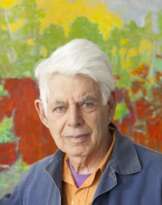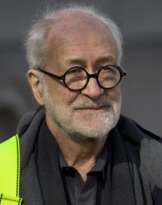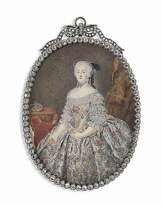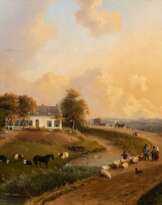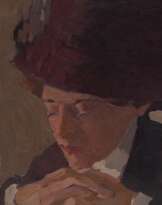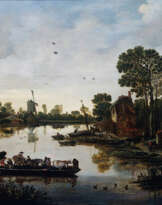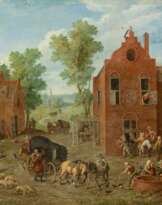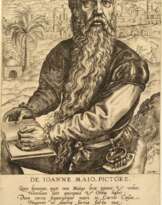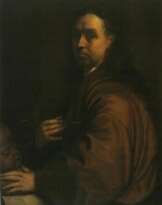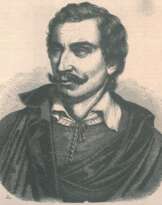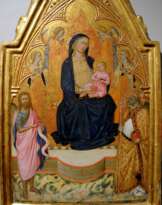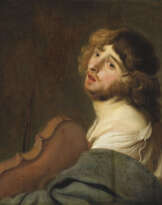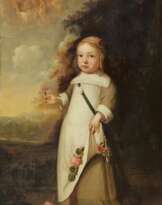Matthias Grünewald (1470 - 1528)

Matthias Grünewald
Matthias Grünewald was a German Renaissance painter, celebrated for his deeply emotional and vivid religious works that diverged significantly from the classical influences of the Renaissance to embrace a more intense, expressive style. Born around 1480 in Würzburg, Germany, and passing in August 1528, Grünewald's artistry remains a beacon of visionary expressiveness, marked by its intense coloration and agitated lines, making him one of the most remarkable German painters of his time.
Grünewald's most renowned work, the Isenheim Altarpiece, created for the monastery at Isenheim, Alsace, between 1512 and 1516, showcases his unparalleled ability to depict religious fervor and human suffering with a raw intensity. This masterpiece, now housed in the Unterlinden Museum in Colmar, France, is celebrated for its intricate detail, emotional depth, and innovative use of color and light. The altarpiece, with its depictions of the Crucifixion, the Temptation of St. Anthony, and the Resurrection, among others, is a pivotal work that resonates with themes of pain, redemption, and hope, reflecting Grünewald's profound religious and mystical inclinations.
Aside from the Isenheim Altarpiece, Grünewald's oeuvre includes several other notable works. His paintings are primarily found in Germany, with notable exceptions such as a small Crucifixion in Washington and another in Basel, Switzerland. His contributions to the Heller Altarpiece in Frankfurt, alongside works by Albrecht Dürer, although partly destroyed, further attest to his skill and innovative approach to religious painting.
Grünewald's legacy extends beyond his paintings. By the late 19th century, he was rediscovered and became a figure of admiration among German Nationalists and Modernists, drawn to the expressive emotionality of his work. His influence is evident in various cultural expressions, including literature and music, where his life and works have inspired novels and operas, underscoring his lasting impact on not only art but also on German cultural identity.
For collectors and experts in art and antiques, the emotional intensity and historical significance of Matthias Grünewald's work make his paintings highly sought after. His unique approach to religious themes, combining deep spirituality with a dramatic visual style, continues to captivate and inspire. If you're keen on exploring the profound depths of Grünewald's artistry and wish to stay informed about new discoveries, sales, and auction events related to his work, signing up for updates is a step into the world of one of the Renaissance's most enigmatic figures. This subscription ensures you're always at the forefront of the latest insights and opportunities related to Matthias Grünewald's enduring legacy.
| Date and place of birt: | 1470, Würzburg, Germany |
|---|---|
| Date and place of death: | 31 august 1528, Halle (Saale), Germany |
| Nationality: | Germany |
| Period of activity: | XV, XVI century |
| Specialization: | Artist, Painter |
| Genre: | Portrait, Religious genre |
| Art style: | Gothic art, Renaissance, Old Masters |




